Planting Wheat
All Planting Wheat Content
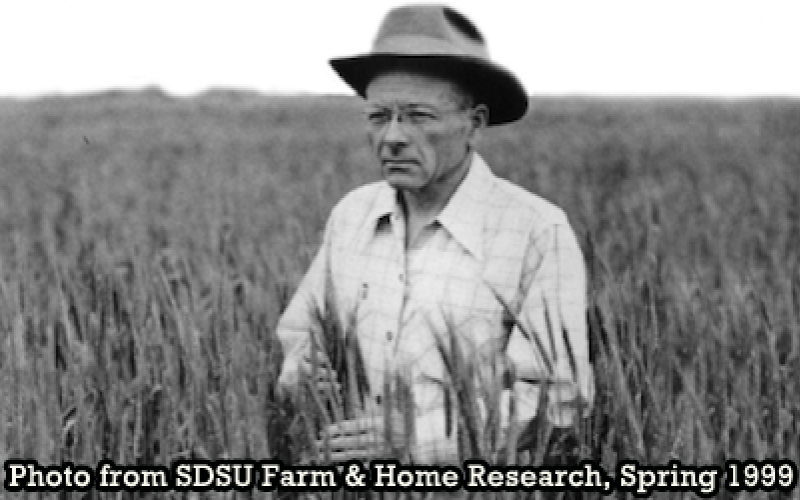
McFadden and Borlaug: Pioneering Rust-Resistant Wheat
During a brief period of time in the Dakota Territory in the late 1800’s, wheat acreage increased from just over 100,000 acres to well over a million acres. During one year in the height of this heyday, 1897, it has been stated that two-thirds of the world’s wheat was shipped from present-day Eureka, SD, and wagons bearing the crop rolled in from as far as 75 miles away.
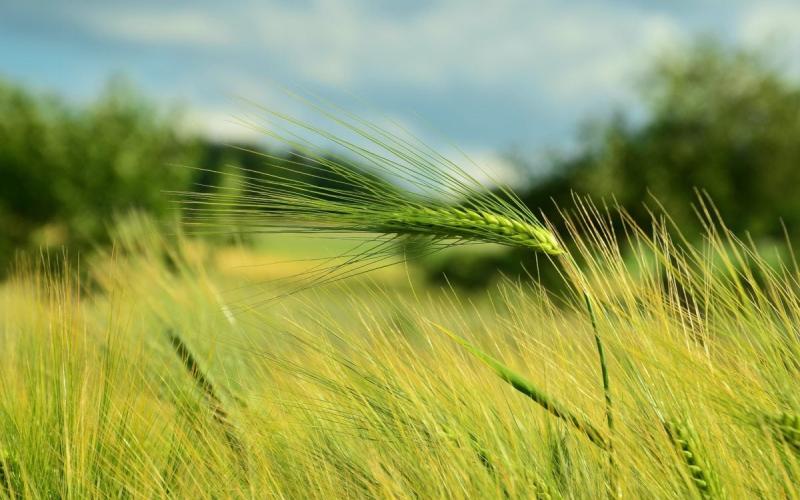
Wheat Seed Testing, Pure Live Seed, and Seeding Rates
To legally sell wheat seed in South Dakota, a standard test—following Association of Official Seed Analysts (AOSA) seed testing protocols, for germination, purity, and noxious weeds—is required. This standard analysis, plus a seed count provides information needed to determine the seeding rate.

Late Plant Crop Insurance Dates
Crop insurance late plant dates are fast approaching for planting small grains in South Dakota. Late plant dates for corn, soybean, and sunflower are nearing as well. Producers will want to work with their crop insurance agent to explore planting options and reporting of prevent plant areas.
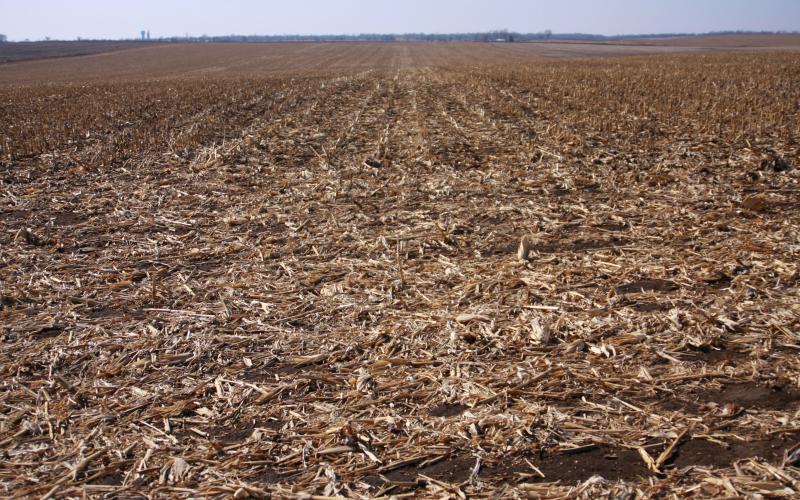
Planting Considerations and Resources for 2019
As May approaches, many farmers are preparing for row crop planting. In areas where flood waters have receded and soils are dry enough to begin field operations, farmers will likely be out in full swing soon.
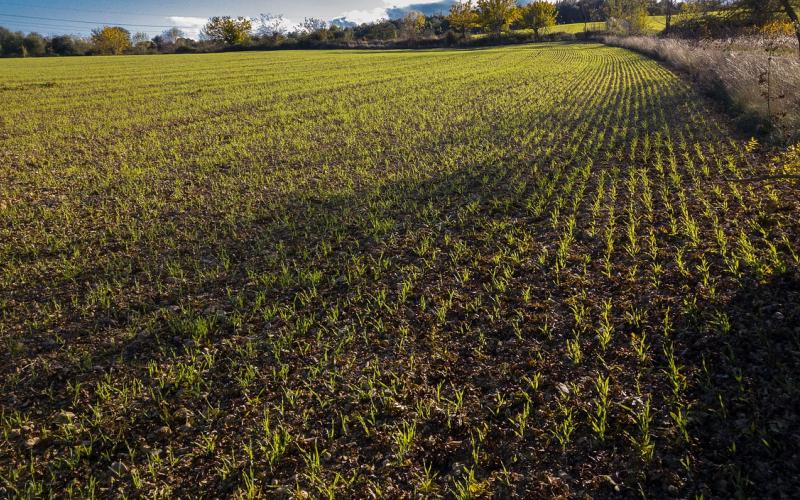
Starter Fertilizer in Winter Wheat
Winter wheat planting season is soon at hand. Questions often abound on the issue of fertilization rates, timing and placement. Over the years, a lot of research has focused on starter fertilizers or split-applying nitrogen (N) and other nutrients. In general, phosphorus placed with the seed has been shown to increase tillering and total grain yield. Nitrogen is more uncertain, due to the possibility of salt burn and the associated yield losses.
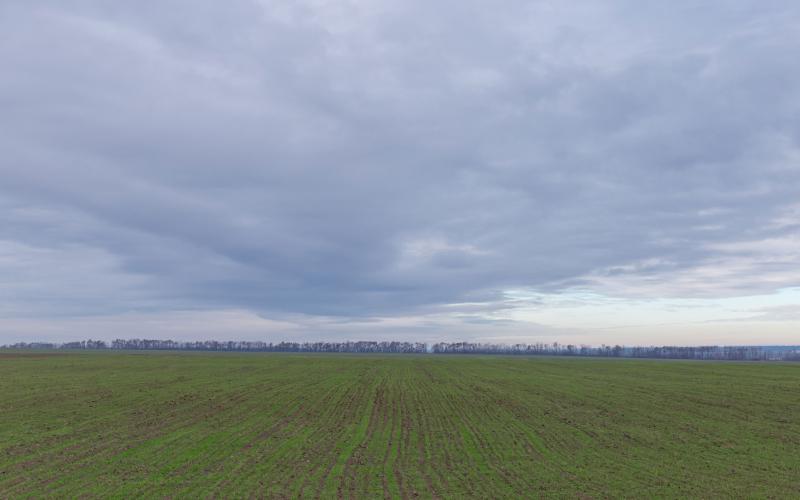
Winter Survival and Spring Stand Counts in Winter Wheat
Every winter, growers are curious if their wheat field will survive the winter. Not enough snow cover during the coldest days, spring flooding, and ice injury are the main reasons for plants to die. The only way to get a true assessment of winter survival is to scout the field in the spring.

Climate Adaptability of Winter Wheat
For most of us, wheat is wheat. However, there is a distinct difference between spring and winter wheat, even though the vegetative characteristics of these two wheat types are very similar.